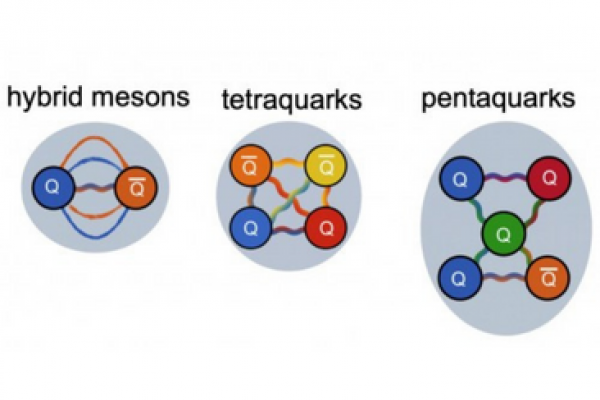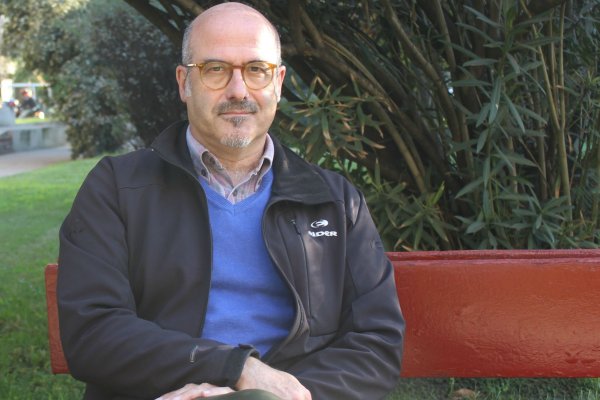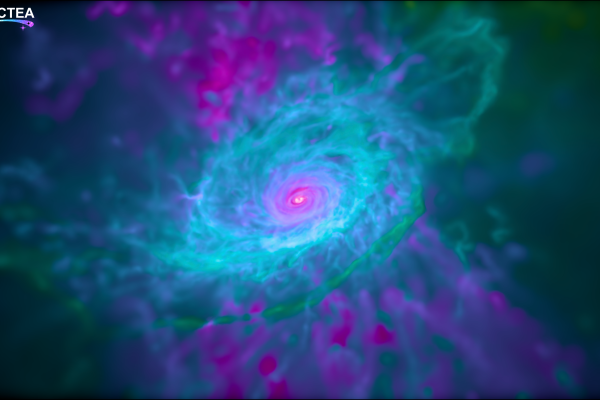The project ExoHad, short for “Coordinated Theoretical Approach for Exotic Hadron Spectroscopy”, is led by Indiana University researcher and physics professor, Adam Szczepaniak, and it aims at analyzing the data of experimental collaborations (such as GlueX at Jefferson Lab), and advance theoretical frameworks for the accurate prediction of nuclear interactions and properties of nuclear matter.
“We are excited to work on these very important issues, which may ultimately provide us with a better understanding of matter itself,” said Szczepaniak. “We are expecting a lot of novel phenomena that we have not seen yet, even though we cannot predict exactly what those will be.”
While nuclear physics examines particles at an incredibly small scale, it can have a big impact — helping advance understanding of the universe itself. Having a thorough understanding of nuclear physics can lead to advancements in many fields, including medicine or climatology, Szczepaniak said.
To better understand exotic hadron physics, ExoHad brings together three teams: one conducting experiments, one developing theory and numerical simulations, and one that will combine the results of experiments with predictions from the calculations. The researchers’ approach emphasizes the need for common tools, based on hadron scattering amplitudes, to simultaneously analyze experimental data and numerical simulation. They hope their approach will allow for a more robust determination of the spectrum of exotic hadron resonances.
“The exotic hadrons that the collaboration is hoping to unravel are expected to contain many gluons, which are the most mysterious particles know in physics,” Szczepaniak said. “They only exist deep inside atomic nuclei and are responsible for over 95 percent of visible matter in the universe, but how this happens is still a mystery.”
This project will allow scientists to apply knowledge learned as members of the Joint Physics Analysis Center. The center started in 2013 to provide theory support to experiments taking place at the Thomas Jefferson National Accelerator Facility in Virginia and later expanded to laboratories around the world.
The project counts with the participation of twelve institutions, 9 from de USA and 3 from Europe.
Participating Institutions and co-PI’s:
- University of Barcelona, Vincent Mathieu
- Indiana University, Adam Szczepaniak, Jinfeng Liao, Emilie Passemar
- Arizona State University, Richard Lebed
- College of William & Mary, Jozef Dudek
- Jefferson Lab, Robert Edwards, Arkaitz Rodas
- Laboratory of Instrumentation and Experimental Particle Physics (LIP), Gernot Eichmann
- Ohio State University, Eric Braaten
- Old Dominion University, Raúl Briceño
- The George Washington University, Michael Döring
- University of Messina, Alessandro Pilloni
- University of Pittsburgh, Eric Swanson
- University of Washington, Stephen Sharpe



